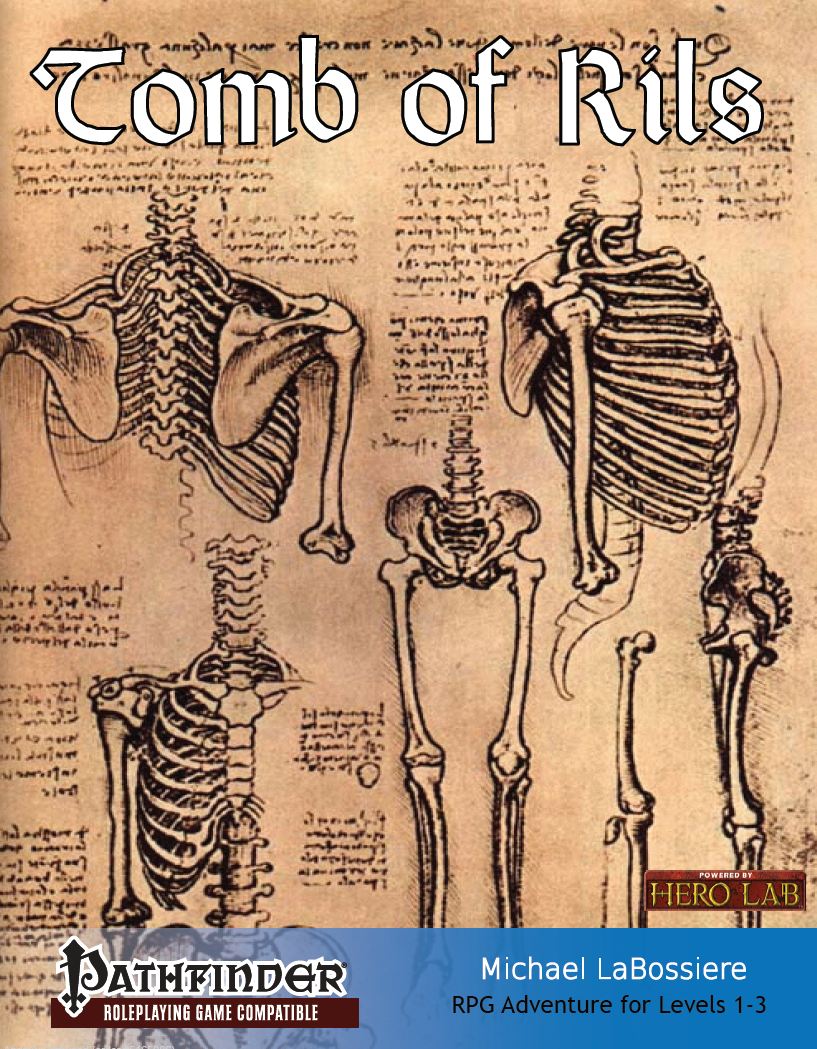Stark’s Command, by Jack Campbell writing as John G. Hemry, is the second book is his series following the military adventures of the titular protagonist. Consequently this is my obligatory[i] SPOILER WARNING that this review references events that occurred in the first book. If you have yet to read Stark’s War (i.e. the first book) perhaps clicking this link here to my previous review will better suit your needs. Or perhaps you like to live dangerously, spoilers or not, in your esoteric pursuit for the forbidden knowledge of military science fiction literature reviews. If this is you, dear reader, then continue to cast your eyeballs on the dread runic text colloquially known as the next few paragraphs.
Still here? You are a brave one indeed, for now the review details will be presented! As those of you who read the previous book’s finale may recall, the protagonist Sergeant Ethan Stark, a stoic veteran who is nevertheless tortured by the bloody ghosts of a past mission gone bad, lead a perilous but successful insurrection against his grossly incompetent and corrupt superior officers. This desperate act was rewarded, despite his protestations, by his peers voting for him as the new commander of the now rebel moon soldiers. Stark’s Command picks up shortly after this point, with the now Commander Stark fighting for the survival of his soldiers and the moon colony civilians who depend on them. The interaction of Stark with his own forces, maintaining their morale post mutiny while reorganising their military capabilities to defend against their existing enemies on the moon occupies sizable chunk of the plot of Stark’s Command. The combat sequences of the book maintain a high quality throughout, and Campbell displays his skill for detailing tense conflict from Stark’s perspective with admirably terse prose.
Alongside dealing with the persistent threat of combat Stark’s Command also pays considerable attention to Stark’s interactions with the moon colonists and his erstwhile superiors represented by Earth’s American government who, obviously, are not happy with his mutiny. The parallels that Campbell depicts between the events in Stark’s Command and the historical drive towards American independence are not especially veiled, but it was clearly never the author’s intent to be veiled. Campbell’s strength as an author is the ease with which he uses his moon conflict narrative as a device to slip in discussions about political philosophy and military theory, reflexive to the consequences of the advanced technological context of the story. At various points, for example, certain characters[ii] reference how the ideas of von Clausewitz relate to their situation. The narrative engine for much of Stark’s Command is Campbell’s frequent juxtaposition between systems – be they military systems, political systems, or social systems – that are corrupt and farcical with those that would be just or simply sensible.
However, sacrificed between writing his well observed battles sequences and having his characters encounter philosophical dilemmas, is time spent developing more rounded characterisations. As in Stark’s War, the antagonists of series border on the point of being outright pantomime villains. Nevertheless, such is Campbell’s evident disgust with the behaviours they represent this is likely his point. Whether this will frustrate you as a reader, or be something you can take in your stride and enjoy will be something you should already know from the first book. To restate that, and summarise this review, if you read and liked Stark’s War then you will like Stark’s Command.
Disclaimer: my copy of Stark’s Command was provided for review.
[i] It was in the small print of my contract. Always read the small print folks.
[ii] I’ll decline from naming these characters in case that triggers the aforementioned small print about spoilers.

